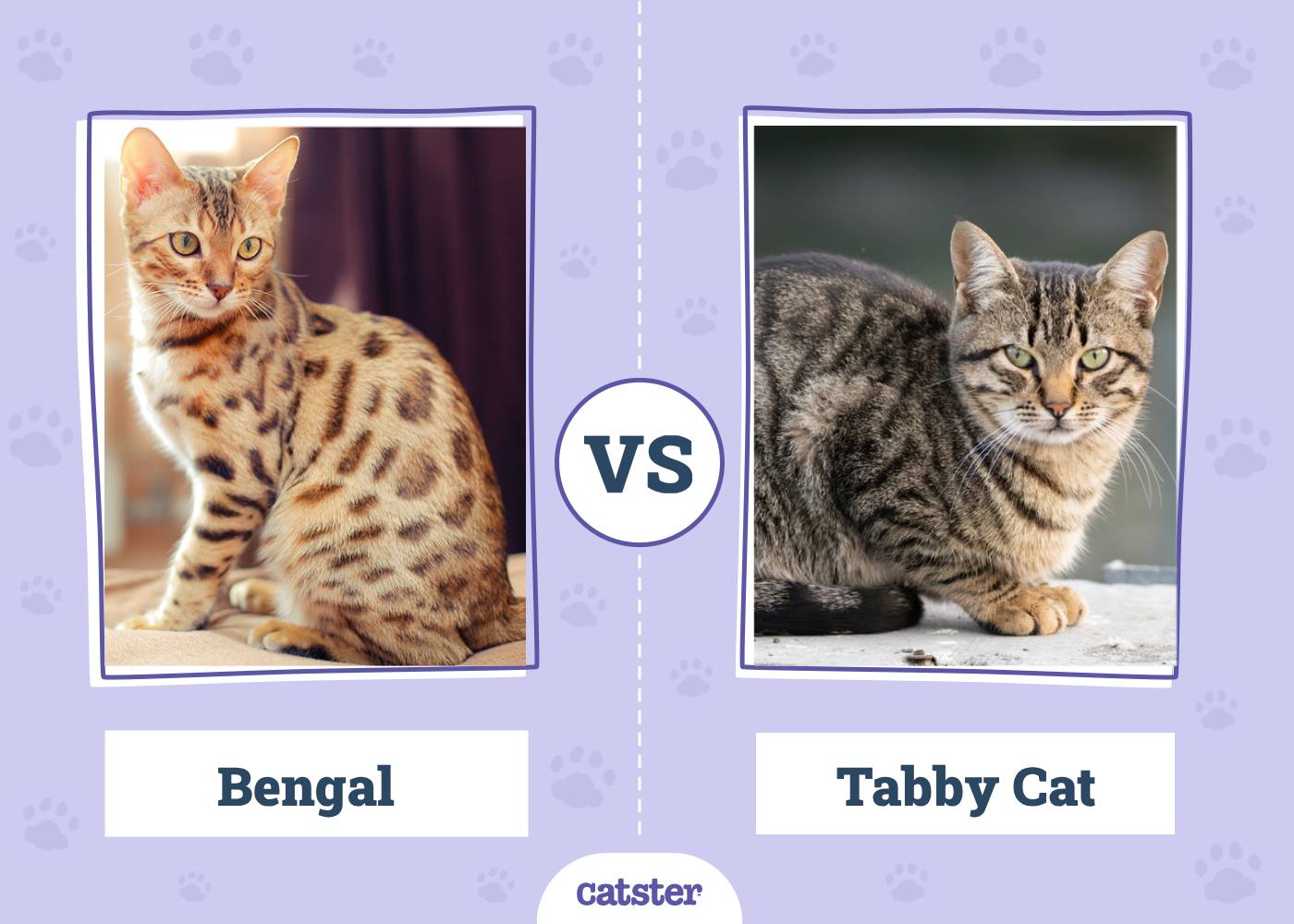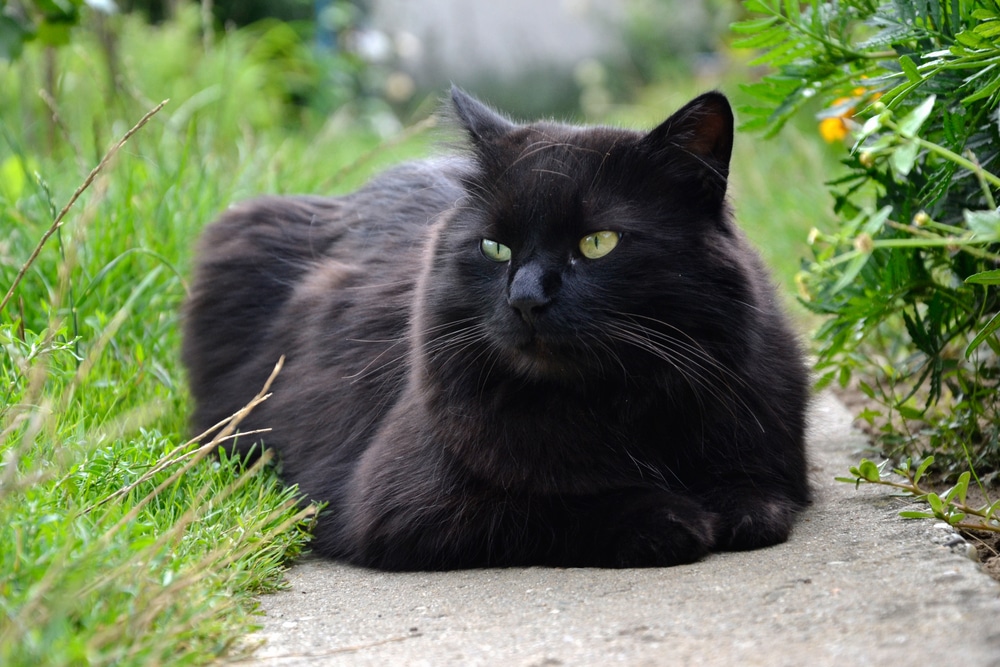Playing with your cat isn’t just fun—it’s essential. From frisky kittens to laid-back seniors, each stage in a cat’s life requires different play strategies. This guide will walk you through playful interactions that cater to your kitty’s age and energy levels.
Whether your feline friend is a bold kitten or a wise senior, engaging with them thoughtfully can enhance their life. Dive into understanding what makes your cat tick at different ages, and discover tailored play sessions that can keep both of you entertained.
Why Play is Essential for Cats
Nearly every mammal, including our beloved cats, needs play for a fulfilling life. Play not only keeps them fit but also sharpens their minds. Activities that mimic hunting satisfy their inherent instincts and foster a deeper connection with their humans.
If your cat’s only toy is the furniture, it’s time for an upgrade. Engaging actively with your cat reduces anxiety, minimizes mischievous behavior, and even strengthens your bond with them.
Kittens (Birth to 6 months)
The early months in a kitten’s life are a whirlwind of energy and exploration! They’re often already expert roughhousers by the time they’re in your home. This playful nature is how they connect with the world. Kitten play is instinctive, involving lots of stalking, pouncing, and wrestling.
Your curious kitten may use you as a playmate. Redirect their playful aggression from your arms and legs to engaging toys like balls and wand toys. If they do grab onto your skin, stay still until they let go. Then, quickly introduce a toy to remind them that’s where the fun happens!
Scratch posts are a must. They’ll keep your furry friend engaged and your furniture intact. Little explorers love to test things with their mouth, so always supervise them with new toys.
Juniors (7 months to 2 years)
As cats grow into their junior years, they can start to calm down but might still be a handful. This stage is like having a teenager in the house. They’re testing limits and are full of zest!
Provide plenty of outlets for their energy, both mental and physical. Investing in a catio or an enclosed outdoor space can offer great stimulation while keeping them safe. They’re still into accepting the rules of play, so keep training them on good behaviors.
Outdoor spaces, enclosed for safety, keep the adventure going without the risks. You can encourage suitable play when combining toys and interactions with you to stave off boredom.
Adults (3 to 6 years)
Adult cats appreciate a predictable routine. They like having set times for meals and play. Even as adults, playtime remains crucial for their wellbeing.
A little extra weight might creep on as they age, so you need engaging play to prevent obesity. Interactive toys like wand toys and spring toys help mimic natural prey and keep cats on their toes.
Cats often surprise their humans by learning new tricks or games, like fetching toys. It’s an excellent way to get them moving and ensures they stay both fit and entertained.
Mature Cats (7 to 10 years)
Age might bring a little wisdom, but don’t underestimate the agility of mature cats. They may slow down a bit, but playtime must continue.
Motivate mature cats using toys they loved when younger, but add in some puzzles or catnip for an extra nudge towards activity. Cats in this stage need stimulation that’s easy on their joints but still engaging.
When your mature cat shows interest, capitalize on it with interactive toys or gentle games. They still benefit greatly from staying active, but play should be tailored to their pace and energy levels.
Seniors (11 to 14 years)
Senior cats might enjoy more naps, but play remains as vital as ever. Their play just needs to be modified to suit their slowing pace.
Cats at this age benefit greatly from games that involve minimal jumping. Gentle interactions like floor-level wand play and some catnip can work wonders.
Keeping these golden oldies entertained helps maintain muscle and mental health. Puzzle toys and slow-paced games help encourage gentle exercise without tiring them out.
Senior Cats (15 years and older)
Playing with a cat over 15 requires patience and a gentle touch. They may have joint issues or diminished senses, so adapt your approach to play.
Simple toy movements close to the ground can entice your cat to engage without exertion. A bit of catnip might also revive their interest.
Regular but gentle play can maintain muscle tone and boost the mood of our oldest feline friends. Something as simple as tapping a wand toy on the floor can keep them intrigued.
Final Thoughts on Play at Every Age
Cats need play throughout their lives. Each life stage might need adjustments in playtime style, but the benefits are immense. Younger cats thrive on energetic play while seniors enjoy slower interactions.
No matter how old your cat is, the goal is simple: keep them happy, healthy, and engaged. Adjust your play techniques as your cat grows and change toys as needed.
Engaging with your cat through playtime at any age can enrich their life and yours. Happy cats are healthy cats. Tailoring play activities to fit their age ensures they stay active and content.










